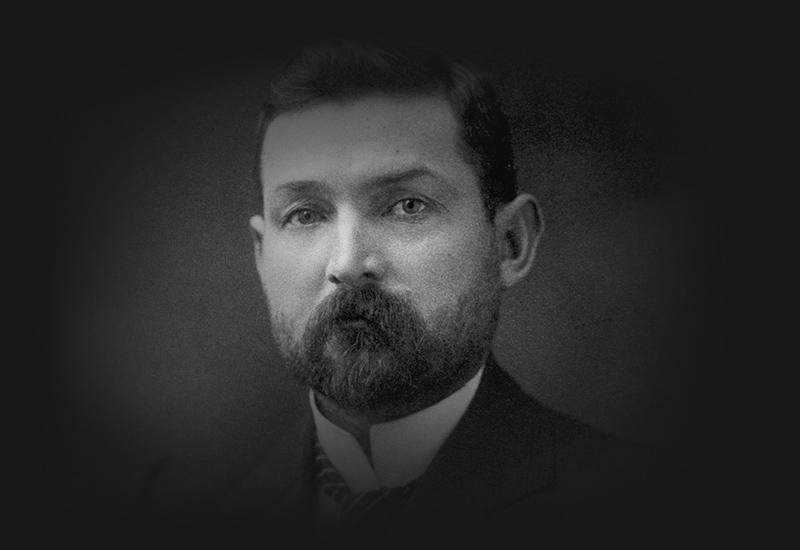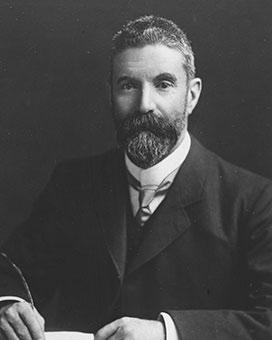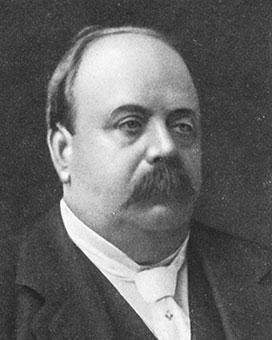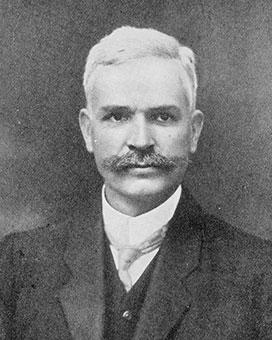29 March 1901
Watson won the seat of Bland in the first federal election, one of 14 Labor members elected to the 75-member House of Representatives. As Labor also won 8 of the 36 Senate seats, Edmund Barton’s Protectionist government needed Labor support in both Houses. Party affiliation was loose and political organisations were different in each State. Some candidates – such as Frank Tudor in Victoria and King O’Malley in Tasmania – did not contest the election for Labor, but joined the party after their election to parliament.
16 December 1903
The second general election returned Alfred Deakin’s Protectionist government, but created the parliament he referred to as the ‘three elevens’. After a re-sorting of party affiliation, Labor held 25 seats in the lower House and 14 in the Senate. These increases made the 3 parties almost equal.
12 December 1906
Watson stood successfully for the South Sydney electorate in this election. Sufficient numbers of Protectionists were elected, and, with the support of Labor, Deakin retained government. The composition of the House of Representatives was 16 Protectionists and 4 ‘Independent Protectionists’, 26 Labor members, 27 Anti-Socialists (the former Free Traders), with the remaining 2 seats won by a ‘Western Australia’ party.
Sources
These brief election results relate only to this Prime Minister. They are drawn from the online sources below, where further information can be found.
Australian Electoral Commission: Election results
University of Western Australia: Australian Government and Politics Database





